Commercial e waste contains many valuable resources. Recycling these wastes can reduce the demand for original resources and reduce the cost of resource extraction and production. It is important for resource utilization, environmental protection, landfill reduction, economic development and sustainable development. All have important significance and value. The Bolivian Government is committed to strengthening environmental protection. At the same time, they focus on sustainability, including managing commercial e-waste. The Bolivian government encourages and supports the recycling and reuse of e-waste. So for now, the prospects for commercial e-waste recycling in Bolivia are promising.On June 12, 2023, a customer from Bolivia asked us how to recycle commercial e-waste. We provided solutions and equipment required for commercial e waste recycling in Bolivia, and the customer was satisfied.
How to recycle commercial e-waste?
Recycling e-waste requires the use of an electronic recycling machine. Due to the rich types of e-waste, the electronic recycling equipment used for different e-waste will also be different. Since our Bolivian customers need to recycle e-waste is photovoltaic panels. Therefore, considering the cost factor, we recommend that this customer use the following e-waste recycling machine to recycle commercial e-waste.
Disassembly
Workers or machines place discarded photovoltaic panels on the disassembly line.They then decompose the panels into components like cells, glass, and backsheets.In addition, this step will use a deglazing machine and a frame remover.
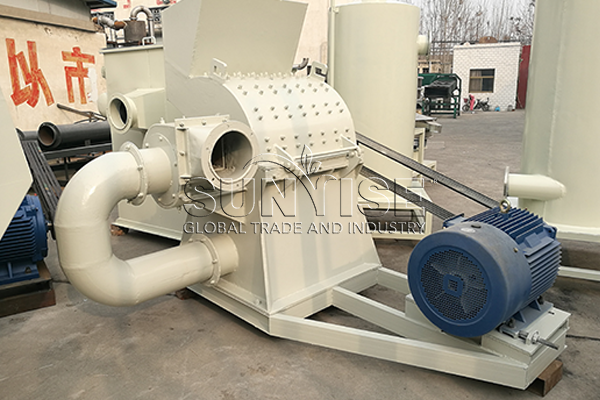
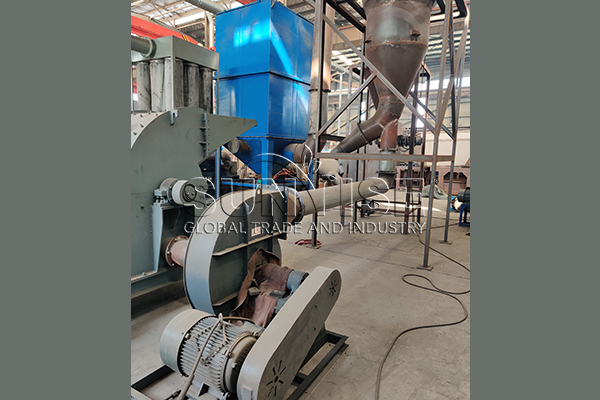
Broken
The disassembled battery sheets, back plates and other materials are crushed through a crusher for further separation and recycling. The crushed materials undergo secondary crushing through the crusher.
.
Separation
Separation equipment separates the broken battery sheets, glass, backsheet, and other materials. Among them, crushing and classifying materials such as battery cells and backsheets allows for the separation of different substances such as silicon wafers, copper, and aluminum.This process requires the use of air flow separators, specific gravity separators and high-voltage electrostatic separators.
.
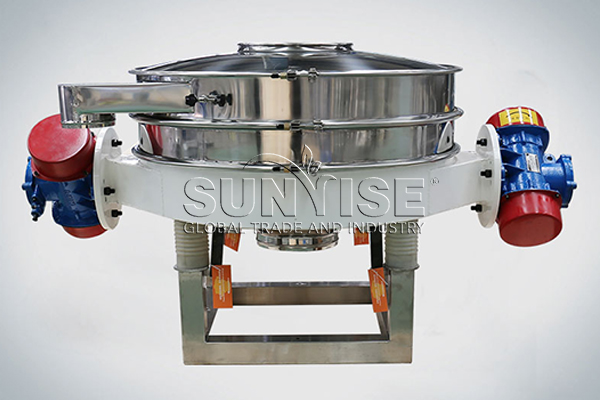
Recycling
Recycle the separated materials. Firstly, you can reuse silicon wafers by recasting and purifying them to make solar panels. Additionally, you can reuse metal materials such as copper and aluminum after smelting and casting. To sum up, different processes can turn e-waste into new products for reuse.
How big is the market for commercial e-waste recycling?
The market for commercial e-waste recycling is very large. With the popularity of electronic products and the acceleration of upgrading, the amount of commercial e-waste is increasing, and the demand for e-waste recycling is also growing.
According to estimates by the United Nations Environment Program (UNEP), the global e-waste generated each year is approximately 5 million tons to 50 million tons, of which commercial e-waste accounts for a considerable proportion. According to the National Bureau of Statistics, China generates more than 20 million tons of e-waste every year, of which commercial e-waste accounts for a considerable proportion. These data show the huge potential of the commercial e-waste recycling market.
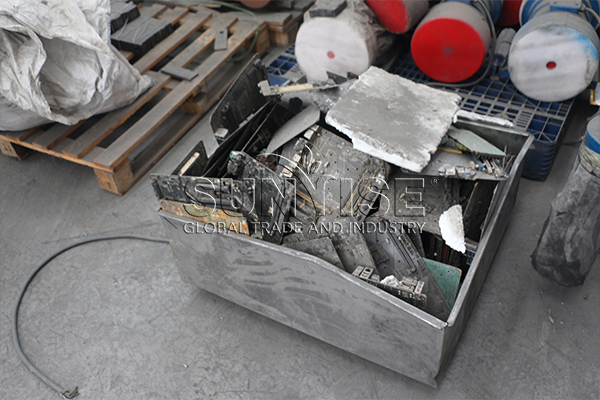

Economic development can influence the size of the commercial e-waste recycling market. Similarly, technological advances and environmental awareness have played a role. It is easy to overlook that the support of laws and regulations is another factor affecting the growth of the market. As environmental awareness increases and government regulations on e-waste disposal increase, the commercial e-waste recycling market will continue to grow.
Commercial e-waste recycling can solve the problem of environmental pollution.In addition, it can also recycle valuable resources such as rare metals and plastics. This also provides economic benefits and sustainable development impetus for the commercial e-waste recycling market.
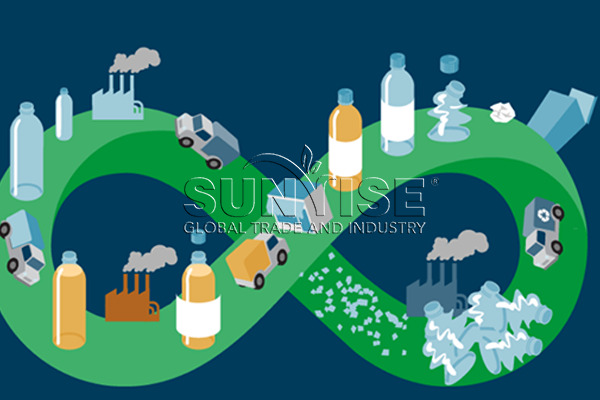
In summary, the commercial e-waste recycling market has huge potential and is expected to continue to expand as e-waste generation increases and environmental awareness increases.

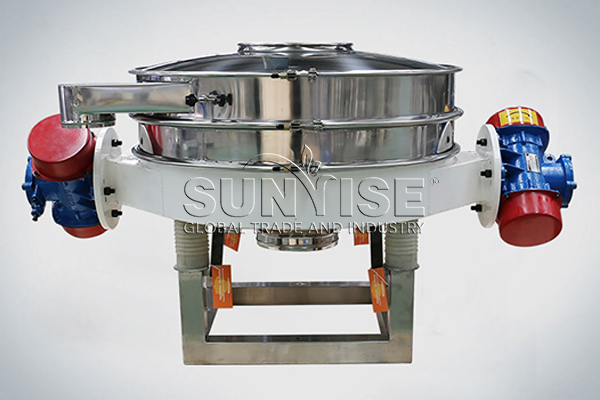
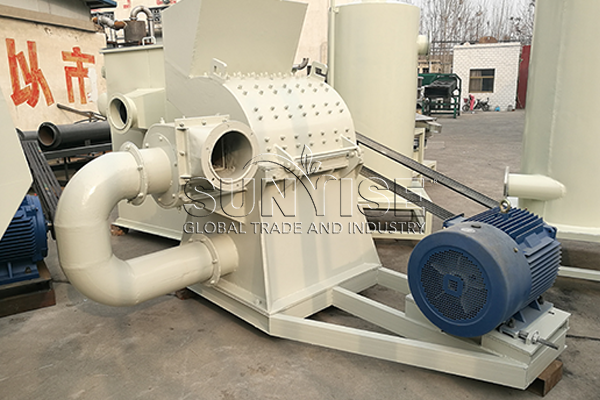
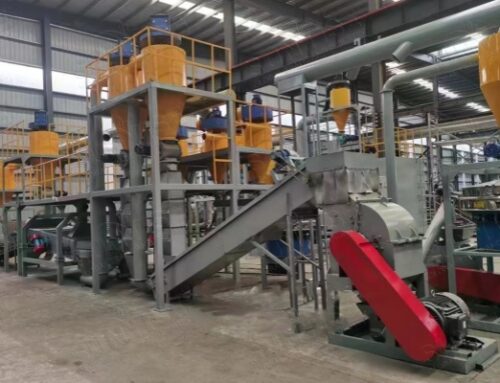
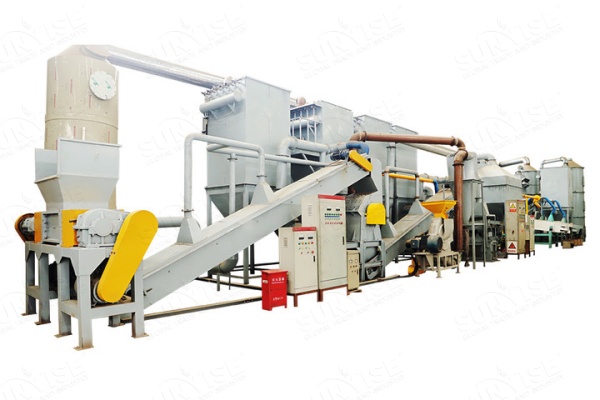
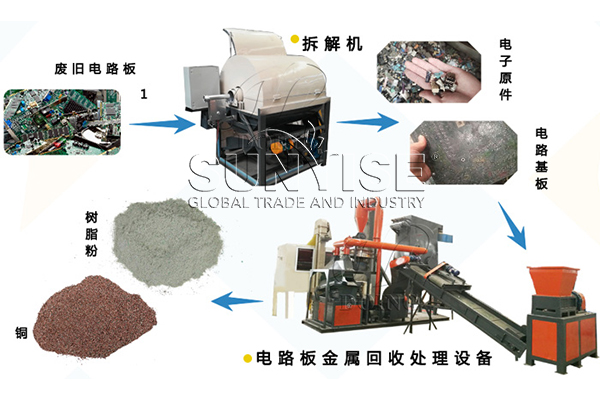
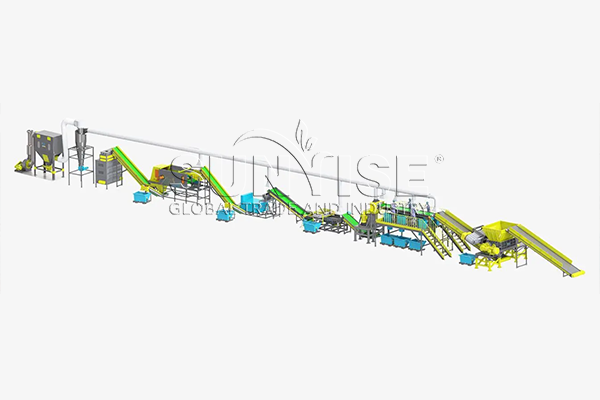
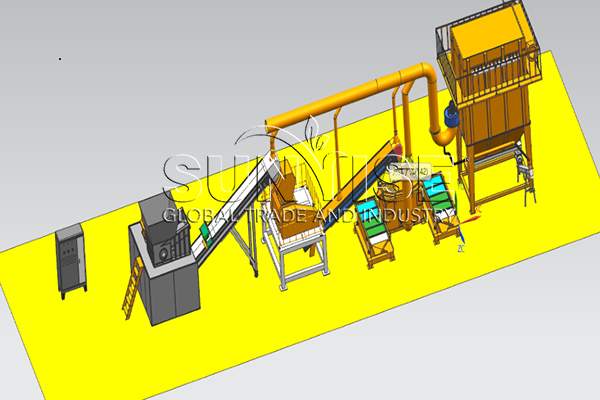
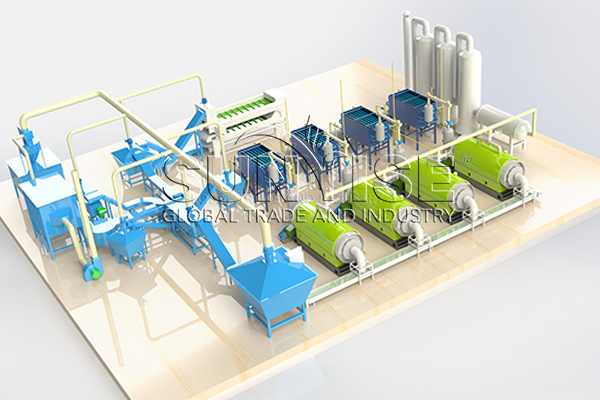
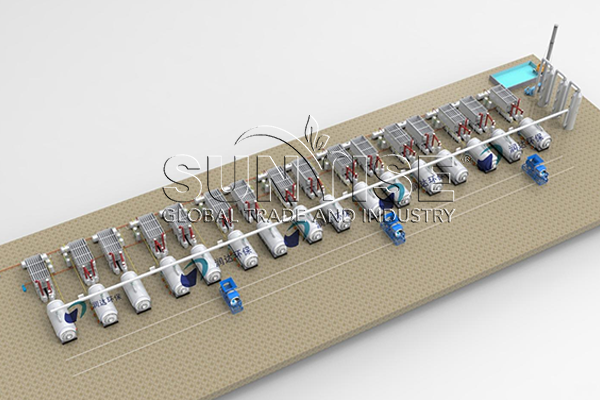
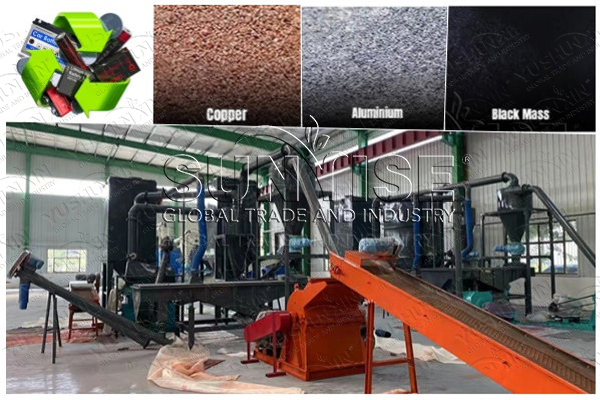
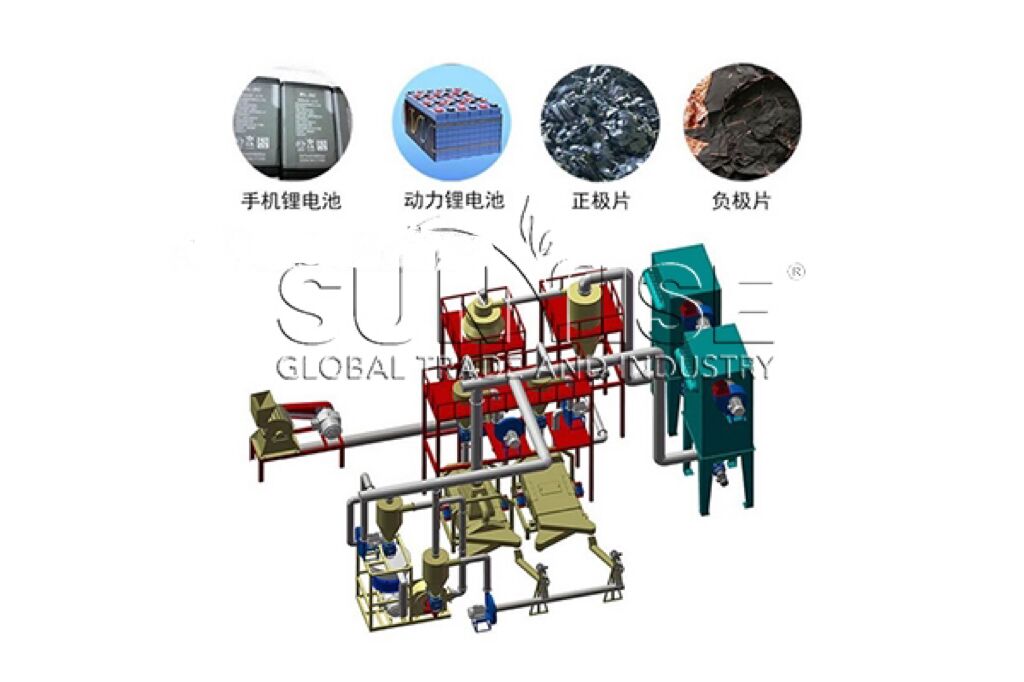
Leave A Comment